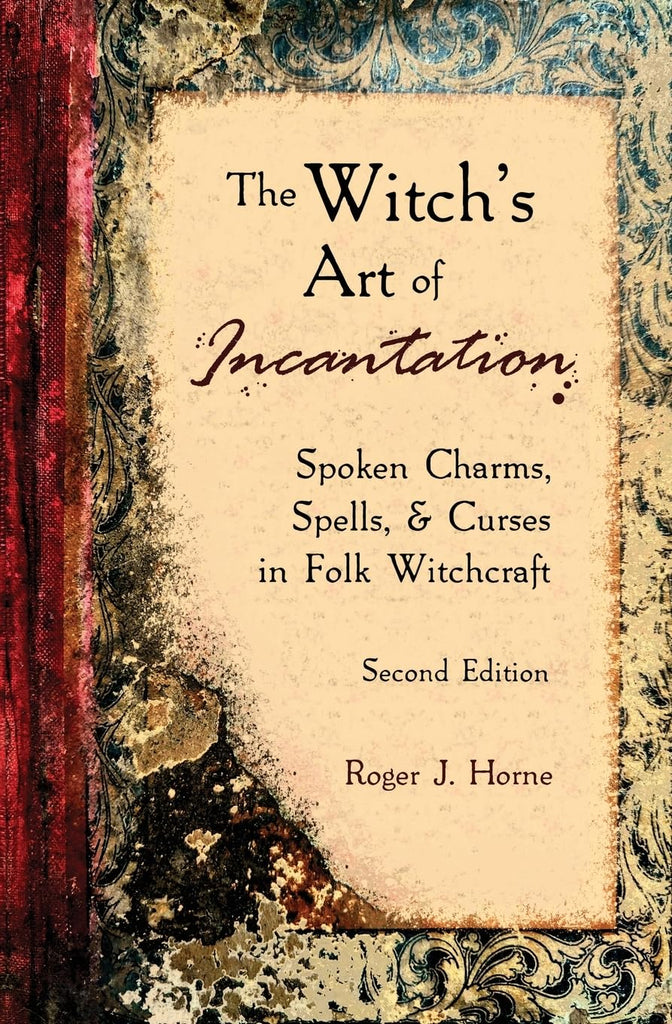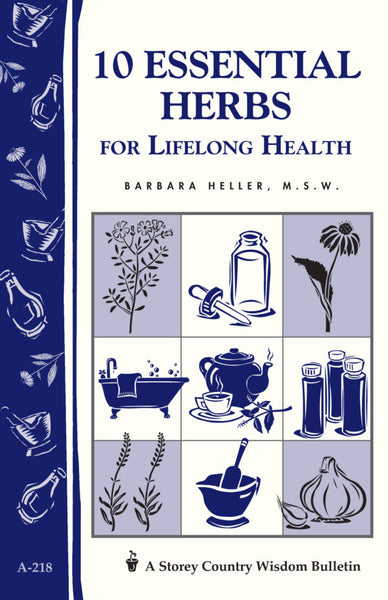
The Witch's Art of Incantation: Spoken Charms, Spells, & Curses in Folk Witchcraft
In this new and expanded edition, including 180 individual incantations rooted in the lore and age-old texts of previous centuries, The Witch’s Art of Incantation reveals the often-overlooked diversity of the incantatory arts: charms that beckon, charms that command, charms that poison, charms that bless and heal, charms that remember, charms that terrify, charms that praise and exalt. Because each charm is accompanied by an approximate date, region, and associated source text, student witches will sharpen their knowledge of folkloric texts while engaging with these rich and potent spells. The practical methods provided in the introduction, though seemingly simple, outline rarely discussed methods of incantation, including the construction of the magical listener and pairings with sympathetic and contagious ritual acts. New to this edition is a chapter devoted to heretical psalmistry as a branch of the witch’s incantatory arts, including both a collection of practical psalms and a complete index of the magical uses of the psalms.
Roger J. Horne is a writer, folk witch, and modern animist. His spiritual practice is informed by his ancestral currents of Scottish cunning craft and Appalachian herb-doctoring. He is the author of Folk Witchcraft, The Witch’s Devil, and other works. Through his writing, Horne seeks to help other witches rediscover the living traditions of folk craft. Read more about his work at rogerjhorne.com.
FROM THE INTRODUCTION:
"In the mid-seventeenth century, Scottish witch Isobel Gowdie’s words were believed to hold strange power. An utterance from her was thought by the authorities to spell sickness, doom, or dire misfortune to her victims. What might be a simple turn of phrase on the tongue of another was transformed, in her mouth, into a magical act, a machination of the witches’ craft, darkly wondrous and full of potency. Whether Gowdie possessed any specific form of training in the witch's art of incantation is beside the point entirely. Speech itself, in the witch's craft, is a magical act. This, reader, is the fulcrum that binds the present volume, the exact aim and goal of this present work.
Today, we are both spoiled and plagued by representations of the witches’ art of incantation all around us. Our fictive wingardium leviosas and bippity-boppity-boos have inured us to the very real craft of magical words left to us by our real ancestors. Even if one is so fortunate to come across a book with actual historic charms from the past, one must have a certain amount of knowledge and experience in order to make use of it. Yet, this wealth of lore is all around us, it seems. The barriers to achievement in spoken charm and incantation are not so much practical as ideological; most of us don’t seem to know what to make of these archaic remnants or how to incorporate them into our practice. Modern witches, in the well-meaning work of creating new charms (that are, for certain, potent in their own right), are sometimes guilty of throwing the proverbial baby out with the bathwater, abandoning rather than preserving the very real and legitimate inheritance of incantations all around us.
Yet, for the folk witch, lore-derived practice is essential. Translating who our ancestors were and what they did into modern life is the heart and soul of the work we do. Folk witchcraft is, as a branch of the modern craft, decidedly personal, ancestral, and flexible, but remains firmly rooted in the witch-lore of the past. By following the truths and charms of our old lore, folk witches arrive at forms of modern witchcraft that make sense to our own individual locales, our familiar spirits, our spiritual ancestors, and our needs..."
324 pages
5.25 x 0.81 x 8 inches



